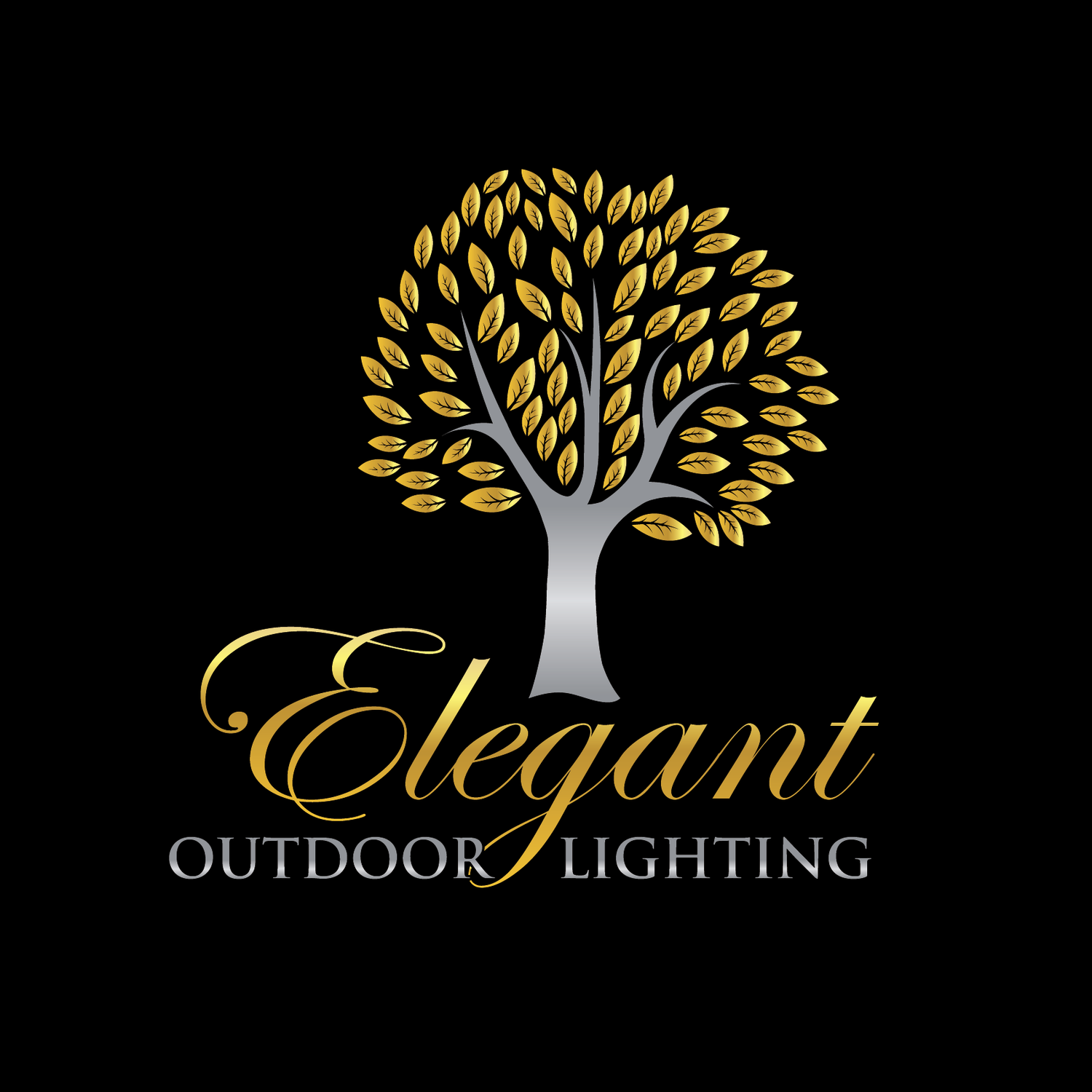Landscape Lighting Design
We offer FREE Lighting Design Consultations for our qualified clients. During these consultations, we consider the following design practices among others:
Functional Lighting DesigN
- Safely move along the illuminated walkways
- Securely see the edges and corners of your yard
- Guests comfortably walk to their cars
AESTHETIC Lighting Design
- Large Beautiful Trees
- Interesting Boulders and Rocks
- Illuminated Greenery Walls
- Specimen Plants
- Water Features
Landscape Lighting Locations
Placing the lighting fixtures to illuminate an object is dependent on three factors:
- Viewing angle/perspective.
- Effect desired.
- Physical limitations in yard. (walls, patios, sidewalks, etc.)
Continuity of light across the scene
- Our eyes are naturally attracted to the Brightest object,
- Then we pan across the scene,
- We want to provide a comfortable path for the eye to travel,
- Create interesting visual suggestions to look up and down as we look across,
- Eliminating large “Black Holes” and therefore reducing eye strain and fatigue.
The goal here is to create a visually comfortable environment.
Planning Landscape Lighting
- Start with the prominent feature or features (1-3 objects).
- Look at these from the primary viewing perspective. (thinking of main decks, seating areas, windows with broad views of the yard, etc.)
- Decide the possible placement locations for the fixtures.
- Work back from the edges of the lighting portrait back to the prominent feature.
- Visualize what this lighting portrait will look like from any other primary and secondary perspectives.
- Adjust fixture locations if necessary to control for effect and glare.
Controlling for Landscape Lighting Glare
Glare is whenever someone can see the source of the light. Ideally you should never see the light bulb or LED directly. In fact, the best effects are achieved when the source of light becomes a mystery and you and your guests only see the glow and effect.
- Path lights and area lights should be fully shielded. (meaning that we shouldn't see any direct light whatsoever)
- Spot lights should have adjustable shielding. The kind that rotates 360 degrees so we can control for all the directions. Spot lights can also be strategically be placed behind shrubs which can block any glare while the light shines up on a higher object. (like a tree)
- Down lights mounted in eaves or trees should be shining down at a steep angle. (45 degrees at most) AND have a long shield on the top to create a light cutoff and eliminate glare for the view beyond the target area.
Preventing Light Trespass
While our primary concern is creating a lighting scene that enhances our clients view of their yards, we want to consider the neighbors in the back and sides and pedestrians and drivers in the front.
- No light shall penetrate to the neighbors decks, patios, windows or shine on their houses.
- No light shall shine on the face of any people walking or driving by.
Also, following these practices will satisfy the bylaws of almost all HOAs.
Call us today for your free Lighting design consultation:
916-256-5545

